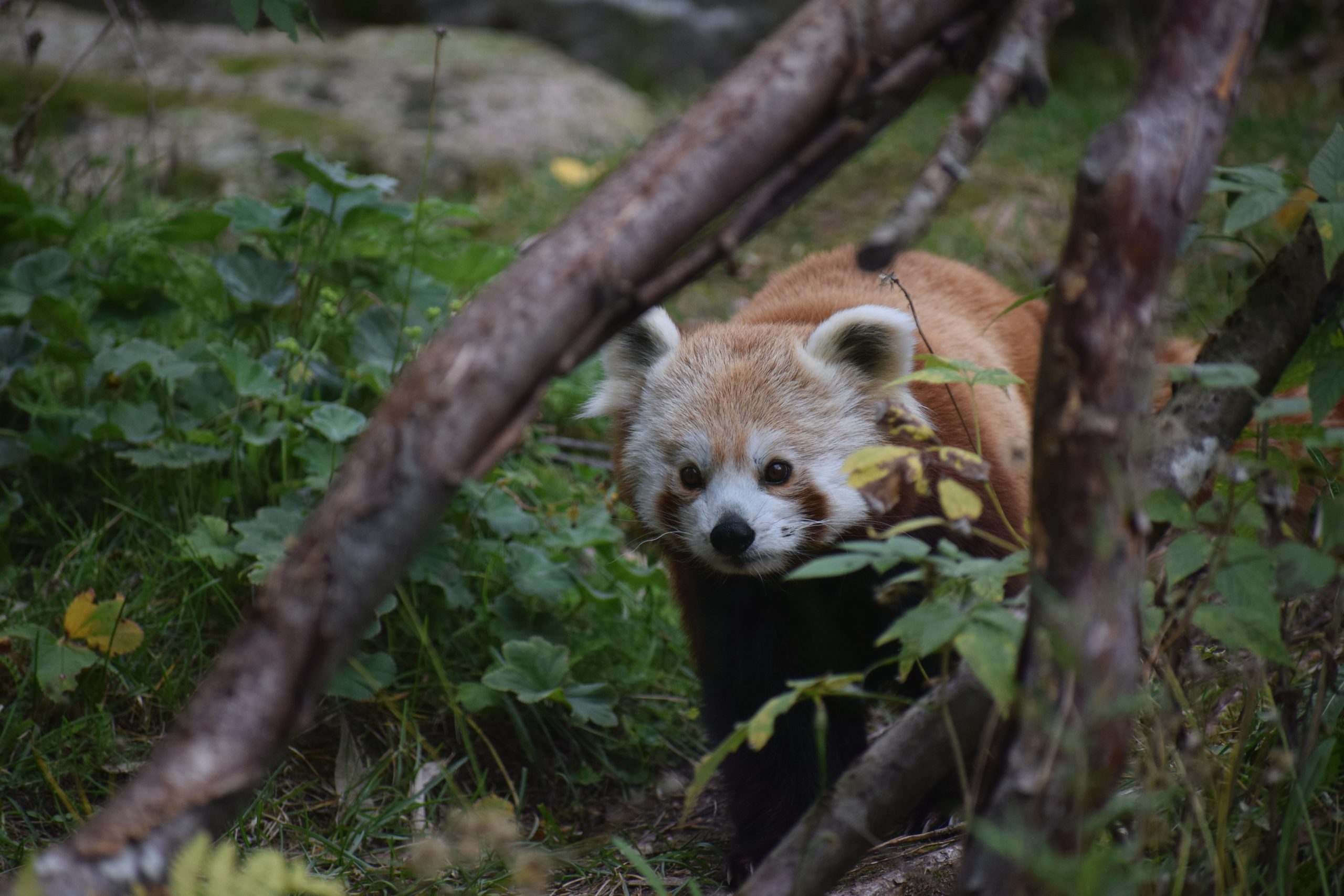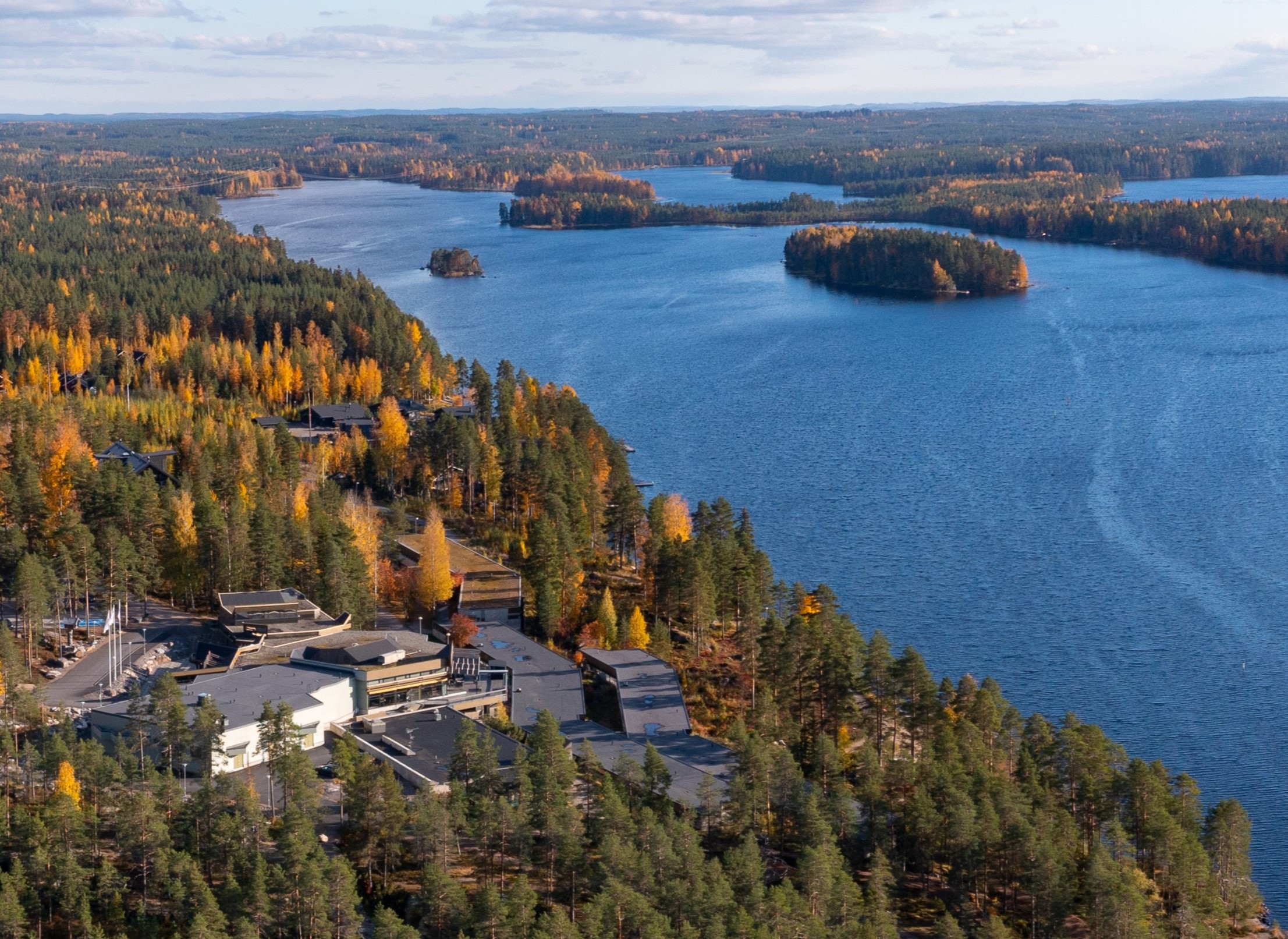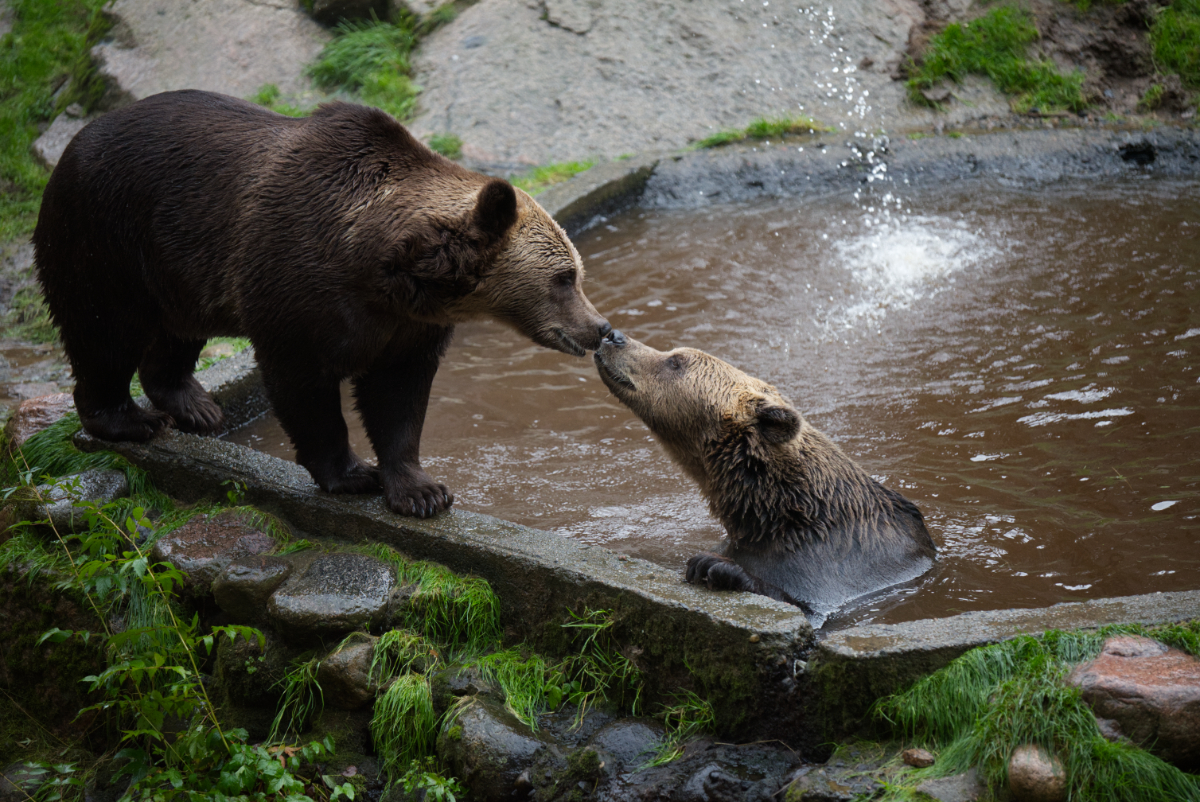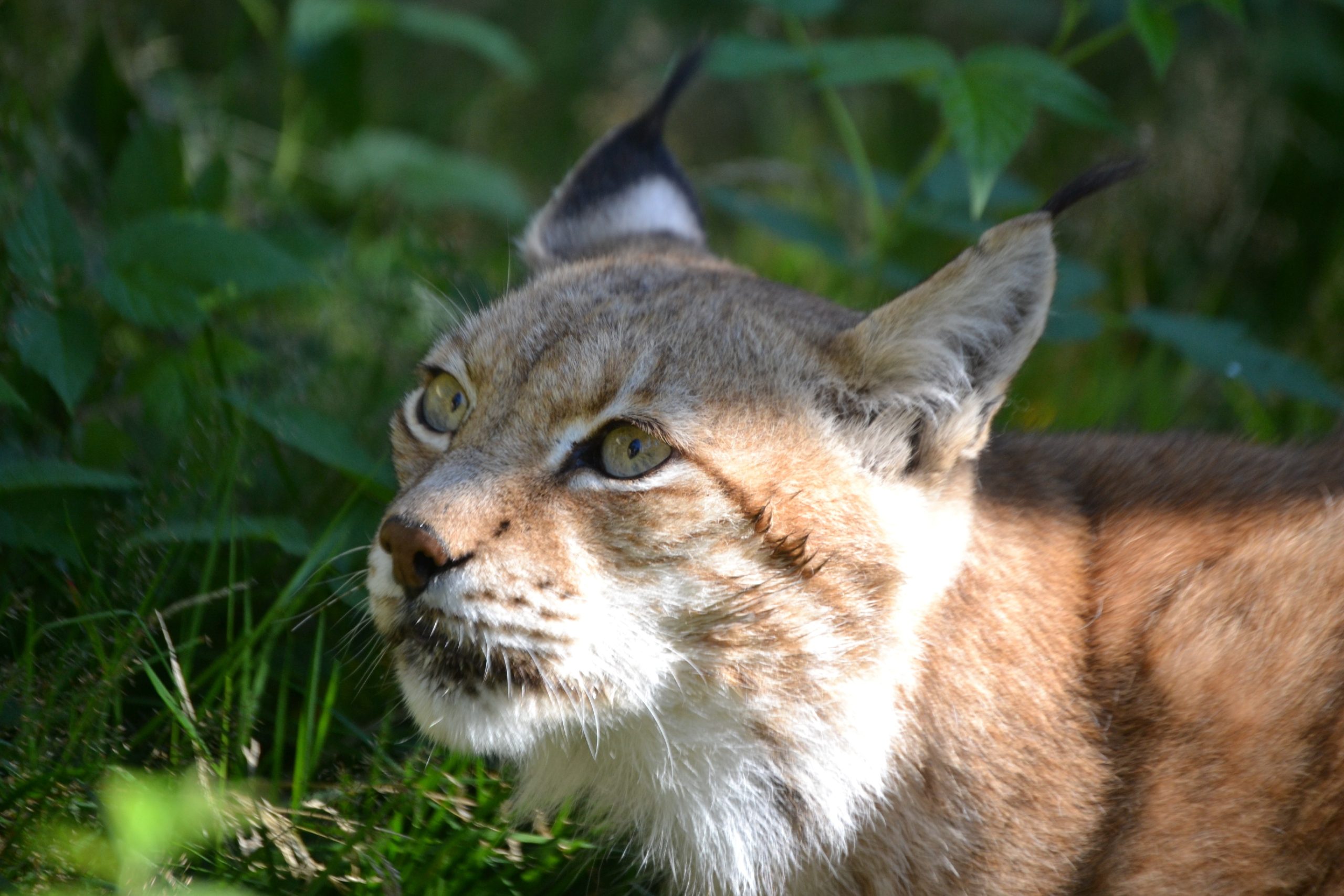When winter approaches in Finland, animals at Ähtäri Zoo prepare through natural and assisted adaptations. Native species like lynx, wolverines and bears undergo seasonal changes in fur thickness and fat reserves, while exotic animals receive special accommodations including heated indoor spaces. The zoo’s unique 60-hectare forest setting allows animals to experience natural seasonal changes while receiving appropriate care. Staff adjust feeding schedules and nutrition to support increased energy needs during colder months, making winter an excellent time for visitors to observe unique seasonal behaviors.
Winter adaptations at Ähtäri Zoo
Finland’s dramatic seasonal changes present both challenges and opportunities for the animals at Ähtäri Zoo. As Finland’s oldest natural zoo, our 60-hectare forest environment provides an ideal setting for animals to display their natural winter adaptations. The expansive, naturalistic enclosures allow animals to respond to seasonal cues just as they would in the wild, while still receiving expert care from our dedicated staff.
Winter preparation begins in autumn, with both physical and behavioral changes becoming apparent across different species. From the thickening coats of the lynx to the reduced activity of the brown bears, these adaptations demonstrate the remarkable resilience of wildlife in northern climates. For visitors seeking syysloma tekemistä (autumn holiday activities), observing these transitional periods offers a fascinating glimpse into animal biology and behavior.
How do native Finnish animals adapt to the winter cold?
Native Finnish species naturally thrive during the winter months through evolutionary adaptations perfected over thousands of years. Animals like the Eurasian lynx, wolverines, and brown bears undergo significant physiological changes as temperatures drop. Their fur becomes notably thicker and denser, developing an insulating underlayer that traps body heat effectively.
Brown bears prepare for winter through a process called hyperphagia, dramatically increasing their food intake during autumn to build essential fat reserves. This enables them to enter a state of winter dormancy, during which their metabolism slows significantly. At Ähtäri Zoo, this natural cycle is carefully monitored to ensure optimal health while allowing natural behaviors.
Wolverines and lynx remain active throughout winter, their specialized paws acting as natural snowshoes with broad, furred surfaces that distribute weight evenly across snow. These adaptations make winter an excellent time to observe unique behaviors not visible during warmer months. Visitors interested in these fascinating adaptations can explore our guided winter activities for special insights into Finnish wildlife.
What special care do exotic species receive during winter?
Non-native species at Ähtäri Zoo require customized care approaches during Finland’s harsh winters. Snow leopards, despite their name suggesting cold tolerance, receive special accommodations to ensure their comfort and wellbeing during the coldest months. While naturally adapted to high-altitude environments, these magnificent creatures benefit from heated indoor spaces that they can access freely.
For each exotic species, our zoologists develop tailored winter protocols that consider the animal’s natural habitat, physiological needs, and behavioral patterns. Indoor shelters are designed to maintain appropriate temperature ranges while still providing environmental enrichment. Many enclosures feature heat lamps in strategic locations, creating microclimate zones that allow animals to self-regulate their comfort.
We carefully balance providing necessary warmth with allowing natural adaptation processes. This approach ensures exotic animals experience seasonal changes in ways that support their health while preventing any cold-related stress. This commitment to individualized care reflects our broader conservation mission that continues year-round.
How does Ähtäri Zoo modify feeding routines for winter?
Winter feeding at Ähtäri Zoo undergoes significant adjustments to meet animals’ changing nutritional needs. As temperatures drop, many species require higher caloric intake to maintain body temperature and energy levels. Our nutrition specialists formulate seasonal diets with increased fat content and adjusted portion sizes to support these heightened energy requirements.
Feeding schedules also shift with the shorter daylight hours of the Finnish winter. Staff ensure that animals receive appropriate nutrition at optimal times, often providing multiple smaller meals throughout the day for certain species. For hibernating or semi-hibernating animals like bears, feeding protocols follow their natural biological rhythms, with reduced feeding as they enter winter dormancy.
Food preparation techniques change as well, with warming elements added to meals for some species. The zoo’s commitment to environmental enrichment continues year-round, with winter-specific feeding activities that stimulate natural foraging behaviors. These specialized winter care practices ensure that all residents remain healthy and active throughout the colder months.
What can visitors experience at Ähtäri Zoo during winter months?
Winter transforms Ähtäri Zoo into a magical snow-covered landscape where visitors can witness unique seasonal behaviors rarely seen during warmer months. Many animals, particularly native Finnish species, display increased activity in cold weather, making winter an excellent time for wildlife observation. The snow-covered forest setting creates a truly authentic Finnish nature experience.
Visitors can enjoy watching snow leopards frolic in their natural element or observe the playful behavior of otters as they slide across icy surfaces. The contrast of wildlife against the pristine white background creates exceptional photography opportunities. For families seeking syysloma tekemistä, the autumn-winter transition period offers particularly interesting insights into how animals prepare for seasonal changes.
Special winter programs include guided tours focusing on seasonal adaptations and winter survival strategies. The zoo remains accessible throughout winter, with clear pathways maintained for visitors. For a complete winter experience, consider the Zoo-majoituspaketti (Zoo accommodation package) which allows for extended wildlife viewing opportunities. Before planning your visit, check our opening hours and ticket prices for the most current information.
Conservation and education throughout the seasons
Ähtäri Zoo’s approach to winter animal management reflects our unwavering commitment to conservation, natural habitats, and educational mission. By allowing animals to experience seasonal changes while providing appropriate support, we maintain the delicate balance between natural behaviors and responsible care. This philosophy underpins every aspect of our operations throughout the year.
Winter offers unique opportunities for both animals and visitors to engage with Finland’s natural rhythms. The seasonal adaptations witnessed at the zoo provide powerful educational moments about biodiversity, animal physiology, and environmental relationships. These learning experiences support our broader mission of conservation awareness and environmental education.
As Finland’s oldest natural zoo, we continue our tradition of connecting people with wildlife in authentic ways across all seasons. The winter months, far from being a dormant period, showcase the resilience and adaptability of animals in northern environments. We invite visitors to experience the special magic of Ähtäri Zoo in winter, when the forest transforms into a snow-covered wonderland teeming with life and natural beauty.




